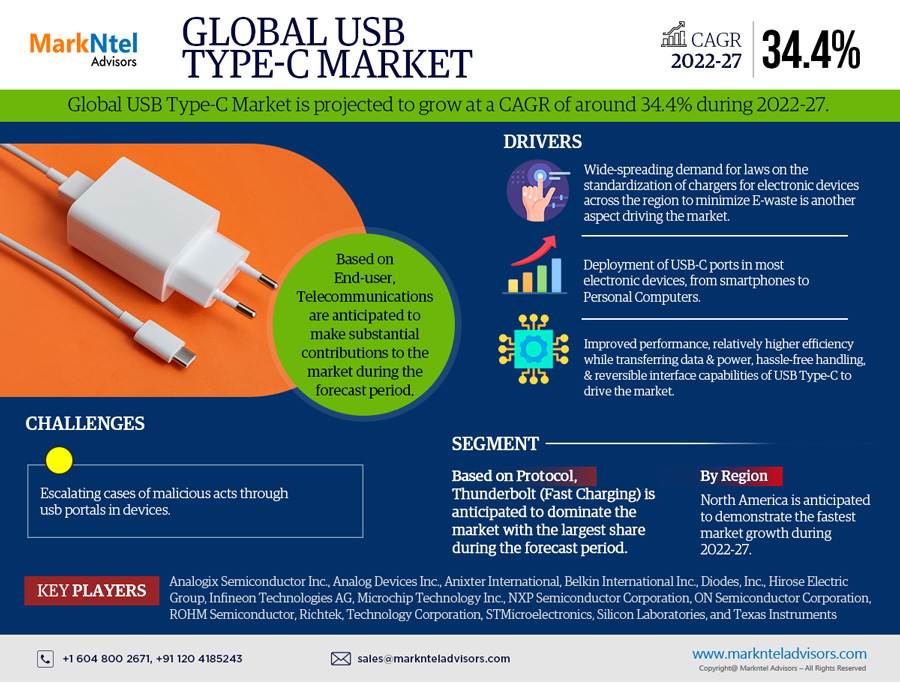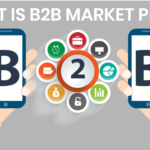Web3 Blockchain Game Development Strategy

The gaming industry is poised for a paradigm shift, driven by the burgeoning potential of Web3 and blockchain technology. Blockchain game development is rapidly transforming how players interact with games, own in-game assets, and even earn rewards. This comprehensive guide equips you with the knowledge to craft a winning Web3 blockchain game development strategy, empowering you to create engaging and sustainable experiences in this groundbreaking space.
Unveiling the Power of Blockchain Game Development
Traditional gaming is inherently centralized, with limited player ownership and control over in-game assets. Blockchain technology disrupts this model by introducing decentralization – a game-changer for the industry. Here’s how blockchain game development can elevate your project:
- Empowering Player Ownership: Blockchain grants players true ownership of in-game assets like characters, items, and virtual land. These assets are represented as NFTs (Non-Fungible Tokens), giving players greater control and the potential to trade or sell them on secondary marketplaces. Imagine a role-playing game (RPG) where players own unique, NFT-based weapons and armor, fostering a deeper connection to their virtual identities.
Did you know? According to a DappRadar report, the global blockchain gaming market surpassed a staggering $25 billion in transaction volume during the first quarter of 2023. This exponential growth highlights the significant player interest in this burgeoning space.
- Fortifying Security: Blockchain’s inherent security features safeguard in-game assets from fraud or manipulation. Transactions are recorded on a transparent and immutable ledger, ensuring trust and verifiable ownership. This eliminates concerns about centralized servers being hacked or manipulated, fostering a secure environment for players.
- Unlocking New Revenue Streams: Blockchain games can introduce innovative monetization models like play-to-earn, where players can actively earn cryptocurrency or tokens through gameplay. This incentivizes participation, creates a more engaged player base, and opens up new potential revenue streams for developers. Consider a strategy game where players can earn tokens by completing quests or governing in-game territories, creating a dynamic and rewarding experience.
- Building Thriving Communities: Blockchain fosters a stronger sense of community within games. Players can collaborate, own in-game assets collectively through Decentralized Autonomous Organizations (DAOs), and even participate in the game’s governance. Imagine a virtual world where players can collectively own and manage land parcels, shaping the environment and fostering a sense of collective ownership.
Crafting a Winning Web3 Blockchain Game Development Strategy
Now that you understand the advantages of blockchain game development, let’s explore the key steps to build a successful game:
- Conceptualizing Your Game’s Core: Start by defining a compelling core gameplay idea that leverages the benefits of blockchain technology. What kind of experience do you want to create? Will it be a strategy game with NFT-based resources, an RPG with player-owned characters and items, or something entirely new? Remember, a strong concept is the foundation of any successful game.
- Selecting the Right Blockchain: Different blockchains cater to various needs. Popular choices include Ethereum, Polygon, and Solana, each with its own strengths and weaknesses regarding scalability, transaction fees, and developer tools. Carefully research and choose a blockchain that aligns with your project’s specific requirements.
- Designing Tokenomics: Plan your game’s tokenomics meticulously. This involves the creation, distribution, and utility of your in-game tokens. Define token value, earning mechanisms (e.g., play-to-earn), and potential use cases within your game’s ecosystem. For instance, will tokens be used for purchasing in-game items, voting on game proposals, or staking for additional rewards?
- Prioritizing User Experience (UX): A strong focus on user experience remains crucial. Even with blockchain integration, ensure your game offers intuitive gameplay, smooth mechanics, and an enjoyable experience for both crypto-savvy and traditional gamers alike. Consider implementing user-friendly interfaces and tutorials to bridge the gap for players unfamiliar with blockchain technology.
- Engaging with Your Community: Building a strong community around your game is essential. Utilize social media platforms, engage with potential players through forums and discussions, and be open to feedback. A thriving community can contribute to your game’s success and longevity through ideas, testing, and overall support.
Building a Sustainable Future for Your Blockchain Game
The landscape of blockchain game development is constantly evolving. Here are some additional tips to ensure your game’s long-term sustainability:
- Focus on Long-Term Value: Don’t solely rely on the hype of play-to-earn mechanics. Create a game with intrinsic value, engaging gameplay, and a reason for players to keep coming back beyond earning potential. Develop a rich story, captivating world, and engaging challenges to ensure your game thrives even when the initial play-to-earn buzz might fade.
- Embracing Transparency and Security: Be transparent about your development process, tokenomics, and roadmap. Clearly communicate your plans for future updates, content additions, and potential token value fluctuations. Prioritize robust security measures to protect player assets from hacks or exploits. Regularly conduct security audits and implement best practices to maintain trust within your community.
- Adapting and Evolving: The blockchain gaming landscape is constantly changing. Be prepared to adapt your game based on player feedback, emerging technologies, and market trends. Monitor player behavior, analyze data, and be open to iterating on your game’s mechanics and features to ensure it stays fresh and engaging.
Conclusion: Shaping the Future of Gaming with Blockchain
Blockchain game development presents a unique opportunity to create innovative and player-centric gaming experiences. By understanding the core principles, crafting a captivating concept, and prioritizing both technology and user experience, you can develop a successful Web3 blockchain game that thrives in this dynamic new era. Remember, the key lies in creating a game that players genuinely enjoy and a community that feels invested in its success. With dedication, a strategic vision, and the willingness to adapt, you can be at the forefront of this exciting revolution in gaming, shaping the future of how we play and interact within virtual worlds.









